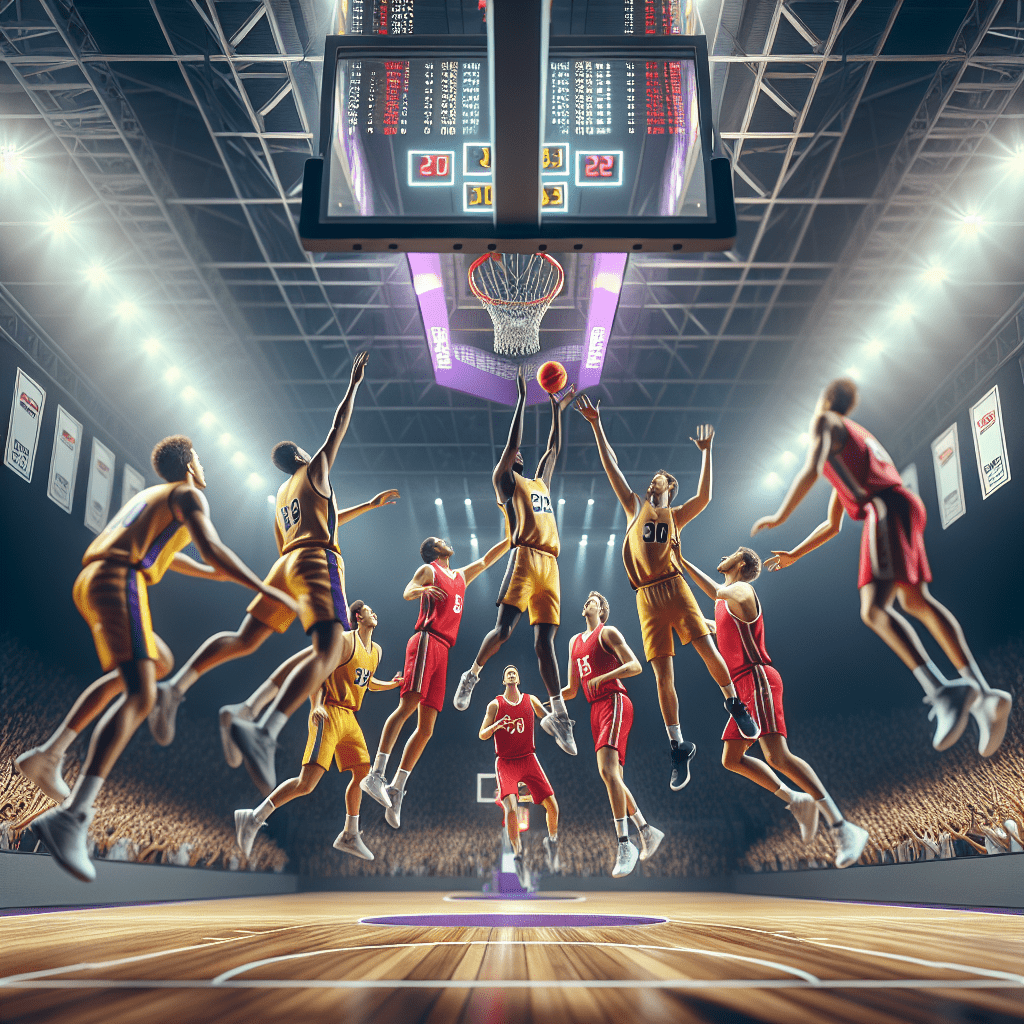The Intricacies of the Lakers vs. Clippers Rivalry: Examining the History and Evolution of Los Angeles’ Basketball Showdown
The city of Los Angeles is home to an intriguing intra-city rivalry between two renowned basketball franchises: the Los Angeles Lakers and the Los Angeles Clippers. Both teams, with distinct cultures and histories, compete in the Western Conference of the National Basketball Association (NBA) and have battled for basketball supremacy within the Staples Center, now renamed Crypto.com Arena. This article delves deep into the rivalry, exploring its origins, key periods of contention, fan culture, player perspectives, and how this animosity plays out both on and off the court.
Origins and Early Years of the Cross-Hall Rivalry
The Lakers, established in 1947, originally hailed from Minneapolis before moving to Los Angeles in 1960. As a storied franchise, the Lakers built a history replete with success, led by some of the game’s most notable legends. The Clippers began as the Buffalo Braves in 1970, became the San Diego Clippers in 1978, and finally moved to Los Angeles in 1984.
Upon arrival in the City of Angels, the Clippers languished as perpetual underdogs, often overshadowed by the star-studded legacy of their co-tenants at the Staples Center. This discrepancy sowed the seeds for what would become a competitive and cultural rivalry.
Periods of Standout Rivalry and Competitive Spirit
In their shared tenure in Los Angles, certain seasons amplified the rivalry with both teams boasting competitive rosters. Notably, during the early 2010s, a power shift seemed imminent with the emergence of “Lob City” – a moniker earned by the high-flying Clippers team led by Chris Paul, Blake Griffin, and DeAndre Jordan. Meanwhile, the Lakers faced periods of rebuilding with intermittent success.
The rising tension provided memorable regular-season contests and media-driven speculation on who truly owned Los Angeles basketball. Despite this escalatory period for on-court competitiveness—the actual showdowns having lacked historical playoff confrontations—the emotional investment from fans and players surged.
Cultural Significance and Fan Identity Within Los Angeles
Within LA’s diverse cultural fabric lies a stark binary between Lakers and Clippers fans. The Lakers’ faithful are seen as part of a legacy fanbase appreciative of their historic championship pedigree. In contrast, Clippers supporters embrace their status as challengers to this tradition, rallying behind a team eager to forge its own distinctive legacy.
The fan bases each have presumed characteristics—celebrity-adorned Lakers loyalists juxtaposed against blue-collar Clippers enthusiasts—which feed into the social narrative of a rivalry that transcends sports. This cultural adoption stokes mutual respect laced with competitive animosity.
Player Perspectives on the Rivalry
Players within each organization express varying degrees of engagement when it comes to acknowledging this hometown clash. Historical figures such as Laker icon Kobe Bryant embodied a laser-focused approach which permeated through to fans and teammates alike—treating every opponent with equal serious intent.
Clippers players over time have undertaken different dispositions toward the locality conflict—from underdog defiance to principled competition aimed at highlighting their rightful place within the NBA. Current-day players from both franchises express mixed sentiments about its relevance amidst broader career objectives.
Economic Implications and the Battle for LA’s Market Share
While rival games attract heightened attention resulting in increased ticket sales and viewership ratings, there is also a fight off-court for market share and brand influence within both domestic and international audiences. The disparities in success over time frequently radiated in merchandise sales—with Lakers’ paraphernalia buoyed by their past triumphs compared to the emergent stretching reach of resurgent Dodgers.
Additionally, broadcast deals and sponsorship opportunities both amplify and reflect back on team performances—reinforcing economic stakes underlying this intercity contest.
Lakers Vs Clippers: Green Shoots Emerging Amidst Ongoing Challenges
The recently increased competitiveness of both clubs suggests future chapters awaiting enshrinement into this narrative of rivalry. With emerging talent and shrewd management serenading hopeful choruses on either side, stakeholders from boards to bleachers watch earnestly for who will write their names next into Los Angeles hoops folklore.

